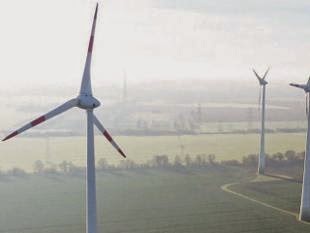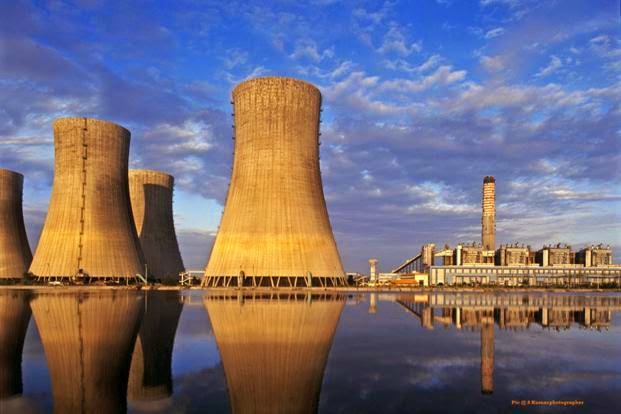Telangana's efforts to meet its power demands received a boost when the Rural Electrification Corporation (REC) agreed to fund three major power projects by giving a loan of Rs 24,000 crores. The funds will be utilized by the Telangana State Power Generation Company to set up the projects having an installed capacity of 6280 MW—the 800 MW at Kothagudem Thermal Power Station, 1080 MW at Bhadradri in Khammam, and 4400 MW at Damaracherla in Nalgonda district.
Once these three projects, and a few others that are being planned separately, start operating, Telangana hopes to become a power surplus state. A Memorandum of Understanding has been signed between REC represented by its Chairman and Managing Director Rajeev Sharma and TSGENCO represented by its Chairman and Managing Director D Prabhakar Rao. On a request from Chief Minister K Chandrasekhara Rao, REC reduced the rate of interest by 0.5 per cent as a special case which will reduce the burden on Telangana by Rs 600 crores.
REC is a Navaratna Enterprise and provides financial assistance for rural electrification as well as all types of power generation, transmission and distribution projects. Apart from this Rs 24,000 crores funding from REC, the Power Finance Corporation (PFC) had earlier agreed to fund Rs 15,000 crores for these three projects and TSGENCO will fund Rs 3,000 crores totaling Rs 42, 000 cores that are required to complete the projects. CM Rao said that power generation will go up as NTPC is also starting work on its 4000 MW (5X800MW) project at Ramagundem while the 1200 MW Singareni Power Project will come up at a cost Rs 4,000 crores.
The CM said that another Rs 21,500 crores will be invested in solar projects and establishing the evacuation and transmission lines. The total investment for 10, 280 MW of power plants in the next four years will amount to Rs 91,500 crores, officials said. Telangana Government has two-pronged approach to increase power generation. On one hand it is working on resource mobilization for establishing basic infrastructure, ensuring water supply to the projects, township development, and laying rail tracks to maintain coal supplies while on the other, it is working on acquiring huge tracts of land to build these projects.
Now that a major portion of the funds are being given in the form of loans by REC and PFC, only the land and environmental clearance issues remain. For the Bhadradri power plant of 1080 MW at Manugur in Khammam District, 1134 acres of land has been already acquired and Telangana Government has applied for environment clearances. This plant's requirement of 1.2 TMC of water will be met from Godavari River, official said, adding that BHEL has already started work there. For the 800 MW of plant at KTPS in the existing land, work has commenced. For the 4400 MW plant 10,000 acres is being acquired at Damaracherla in Nalgonda District and environment clearances are being obtained. 4.6 TMC of water required for this plant will be drawn from the nearby Krishna River.
Source:KSEB






















